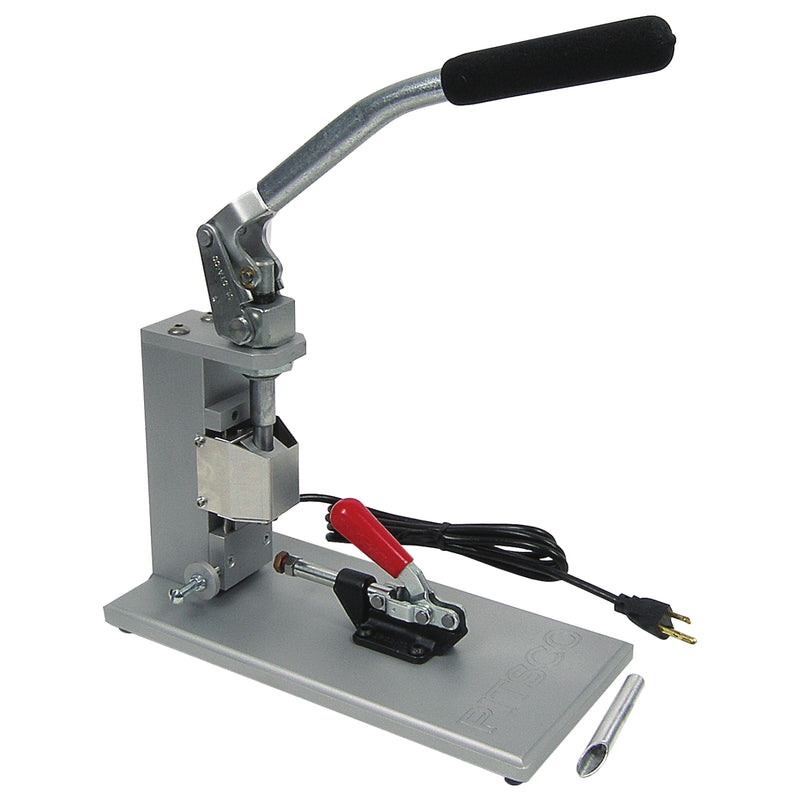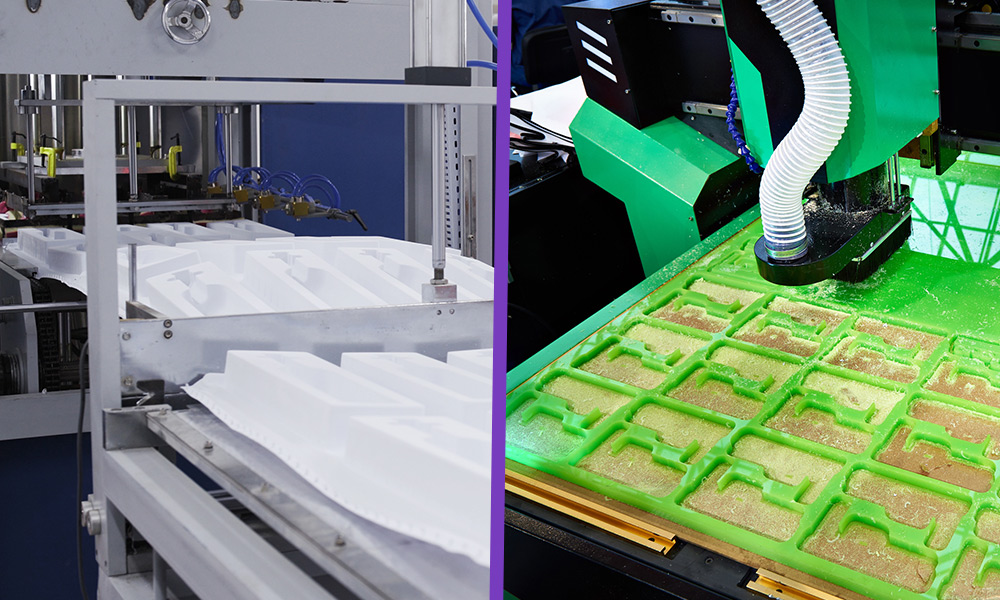Plastic Injection Molding: A Comprehensive Guide to Modern Manufacturing Techniques
Plastic Injection Molding: A Comprehensive Guide to Modern Manufacturing Techniques
Blog Article
Understanding the Fundamentals of Plastic Injection Molding Processes
Plastic injection molding works as a keystone of contemporary production, offering a methodical technique to generating complicated parts with accuracy. This process not only encompasses the basic actions of melting and infusing products right into molds however additionally involves a nuanced understanding of different influencing factors, such as temperature and stress. As markets significantly demand efficiency and top quality, the complexities of this methodology end up being extra essential. Checking out these vital elements might reveal how even small modifications can lead to substantial renovations in production results, questioning about the potential for innovation in this well-known process.
What Is Plastic Injection Molding?
Plastic injection molding is a widely utilized manufacturing process that changes thermosetting and polycarbonate materials into exact and complex forms. This method is favored for its ability to generate high quantities of identical components with exceptional accuracy, making it an essential technique in different industries, consisting of automotive, consumer products, and medical tools.
The process involves thawing the picked plastic material and infusing it right into a mold and mildew under high pressure. The mold, made to the specifications of the preferred component, allows the molten plastic to form as it cools and strengthens. As soon as the material has actually set, the mold is opened, and the finished component is expelled.
Plastic injection molding uses a number of advantages, including minimized waste, uniformity in manufacturing, and the capability to include detailed styles that may be testing with various other producing methods. In addition, it supports a wide variety of products, each giving special residential or commercial properties that can be customized for details applications. As markets remain to introduce, plastic shot molding remains at the center, making it possible for the growth of sophisticated items that satisfy evolving customer needs.
The Shot Molding Process
The injection molding process is an advanced strategy that includes numerous crucial stages to generate high-grade plastic elements. Initially, plastic pellets are fed into a warmed barrel where they are merged a viscous fluid. This molten plastic is after that infused under high stress into a precision-engineered mold and mildew, which forms the material into the preferred kind.
Once the mold is filled up, the plastic is permitted to cool down and solidify, taking the shape of the mold dental caries. Air conditioning time is critical, as it influences the cycle time and the final residential properties of the shaped component. After enough air conditioning, the mold and mildew opens, and the ended up element is ejected using ejector pins.

Materials Used in Injection Molding
Numerous materials can be used in the injection molding procedure, each offering special residential properties that satisfy specific applications. The most generally used materials consist of thermoplastics, thermosetting plastics, and elastomers.

Thermosetting plastics, like epoxy and phenolic resins, undergo a chemical change throughout the curing procedure, leading to a rigid, inflexible framework. These materials are optimal for applications needing high warm resistance and architectural honesty, typically utilized in electric insulators and auto parts.
Elastomers, including silicone and rubber-based products, offer versatility and resilience. Their special homes make them appropriate for applications that require elasticity, such as gaskets and seals.
Furthermore, specialty materials like bio-based plastics and composites are gaining grip for their environmental advantages and boosted efficiency features, expanding the range of injection molding applications in various markets. Understanding the properties of these materials is essential for picking the proper type for certain jobs.
Advantages of Shot Molding
Shot molding sticks out as an extremely reliable production process that provides countless benefits for creating complex get rid of precision. Among one of the most considerable benefits is the ability to create elaborate styles that would certainly be difficult or impossible to attain with other methods (Plastic Injection Molding). The procedure enables in-depth functions and tight tolerances, making sure top notch parts
Furthermore, injection molding is known for its quick manufacturing capacities, making it an excellent choice for high-volume manufacturing. Once the mold is produced, components can be created swiftly, lowering preparations and increasing overall productivity. This performance not just lowers manufacturing costs but also supplies an one-upmanship on the market.
The convenience of products made use of in shot molding further improves its allure. A wide variety of thermoplastics and thermosetting polymers can be employed, permitting suppliers to select products that ideal satisfy their certain demands, consisting of strength, warmth, and flexibility resistance.
Moreover, the process minimizes waste, as excess product can commonly be recycled and recycled. This sustainability aspect contributes to a decreased ecological impact, making shot molding an accountable manufacturing selection. Generally, the benefits of shot molding check over here make it a preferred method for several industries.
Factors Influencing Product High Quality
While countless variables can affect item top quality in shot molding, understanding these elements is critical for achieving optimal outcomes. Secret aspects include product option, refining criteria, and mold and mildew design.
Product choice plays an important duty, as various polymers display unique buildings that affect flowability, stamina, and thermal stability. Poor product selection can cause issues such as warping or insufficient dental filling.
Handling specifications, including temperature, pressure, and cycle time, need to be carefully controlled. Variants in these settings can cause incongruities in component dimensions and surface area finish. Exceedingly high temperature levels may create degradation of the polymer, while inadequate pressure can result in brief shots.
Mold layout is similarly essential, as it figures out the circulation of the molten plastic and the cooling process. Poorly created molds may lead to uneven air conditioning rates, leading to residual tensions and dimensional errors.

Verdict
In final thought, plastic injection molding offers as a vital manufacturing procedure that allows the effective manufacturing of top notch parts. Proficiency of the shot molding procedure, consisting of the understanding of products and the impact of numerous variables on item quality, is essential for accomplishing optimal results. The benefits of this approach, such as cost-effectiveness and design versatility, more highlight its value throughout numerous industries, solidifying its standing as a favored selection for high-volume production.
Plastic injection molding offers as a cornerstone of modern-day manufacturing, useful reference providing a methodical strategy to generating intricate parts with precision.Plastic injection molding supplies numerous benefits, consisting of reduced waste, uniformity in manufacturing, and the ability to incorporate complex designs that may be challenging with various other making techniques (Plastic Injection Molding). As markets continue to introduce, plastic injection molding continues to be at the forefront, making it possible for the growth of advanced products that meet progressing customer needs
The shot molding procedure is an innovative technique that includes numerous crucial stages to generate high-grade plastic components.In conclusion, plastic injection this article molding offers as an important production process that enables the efficient manufacturing of top notch components.
Report this page